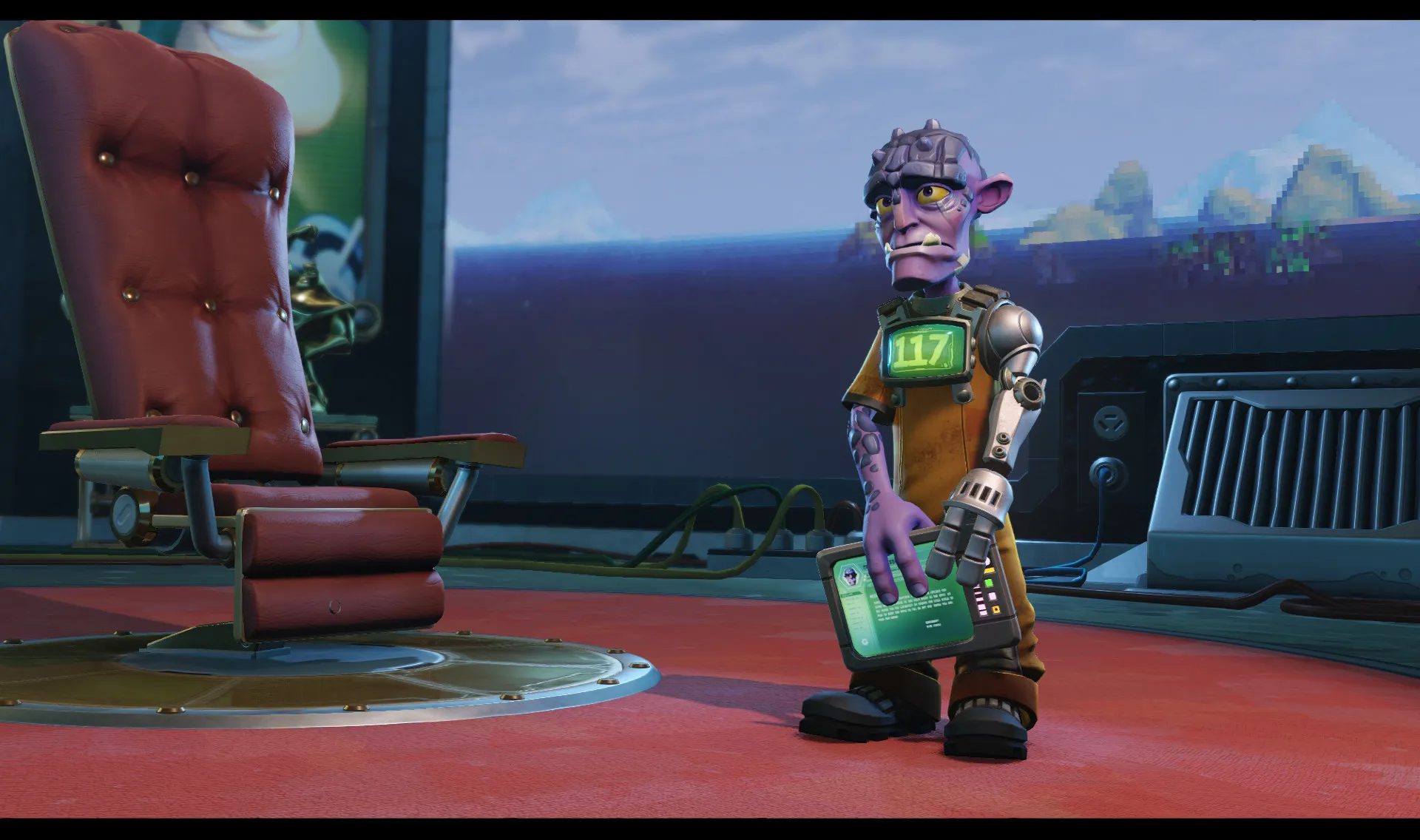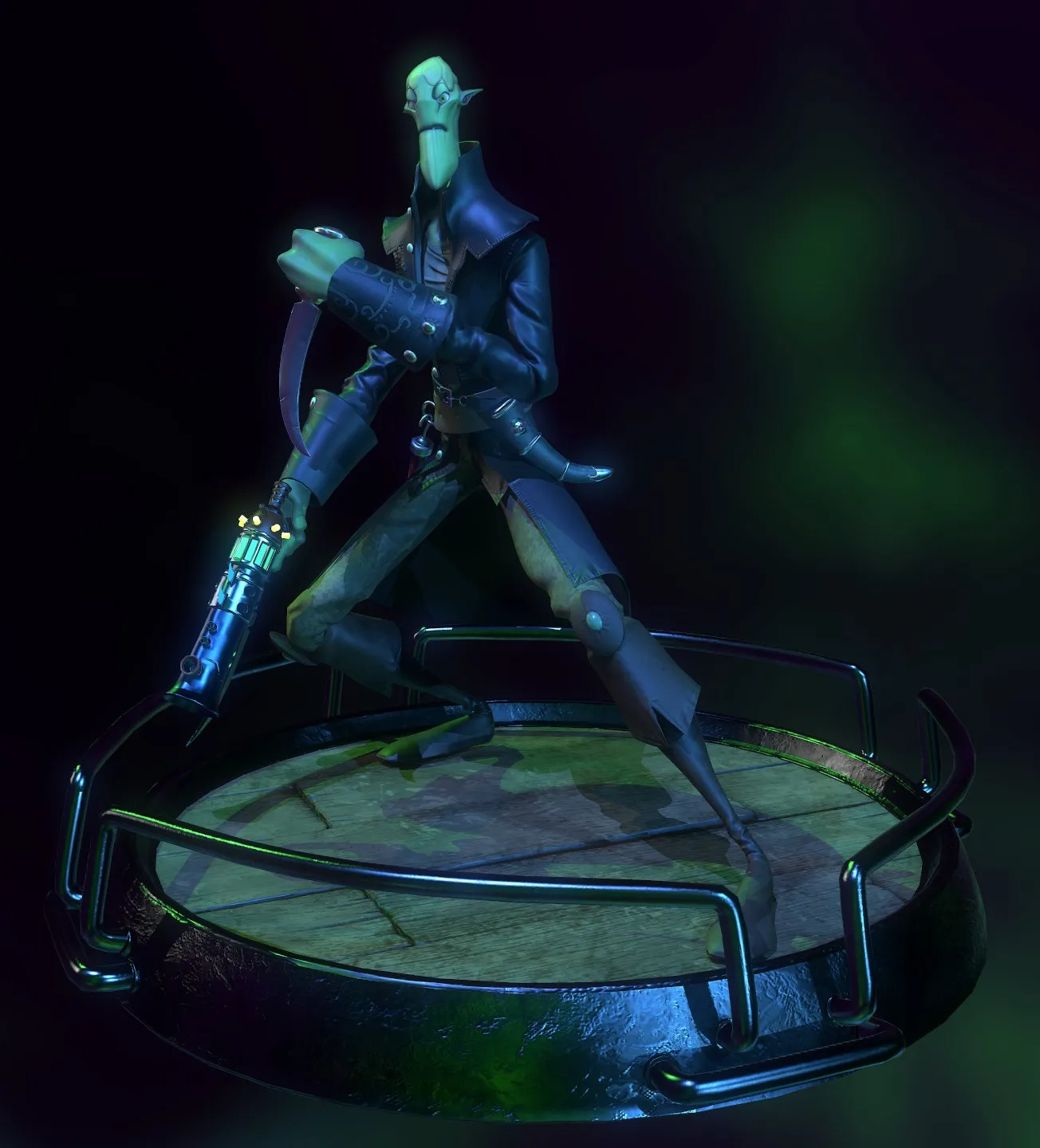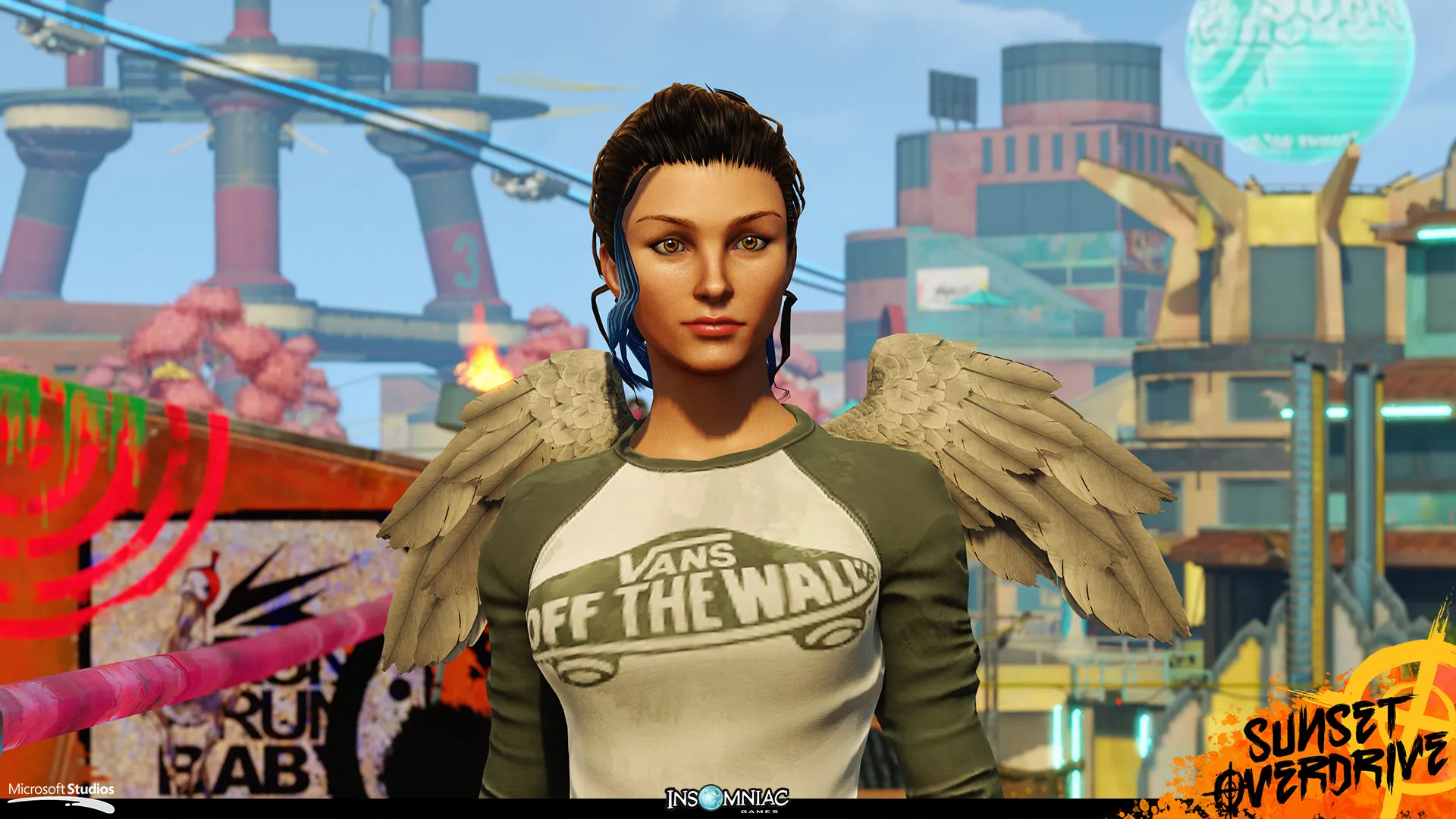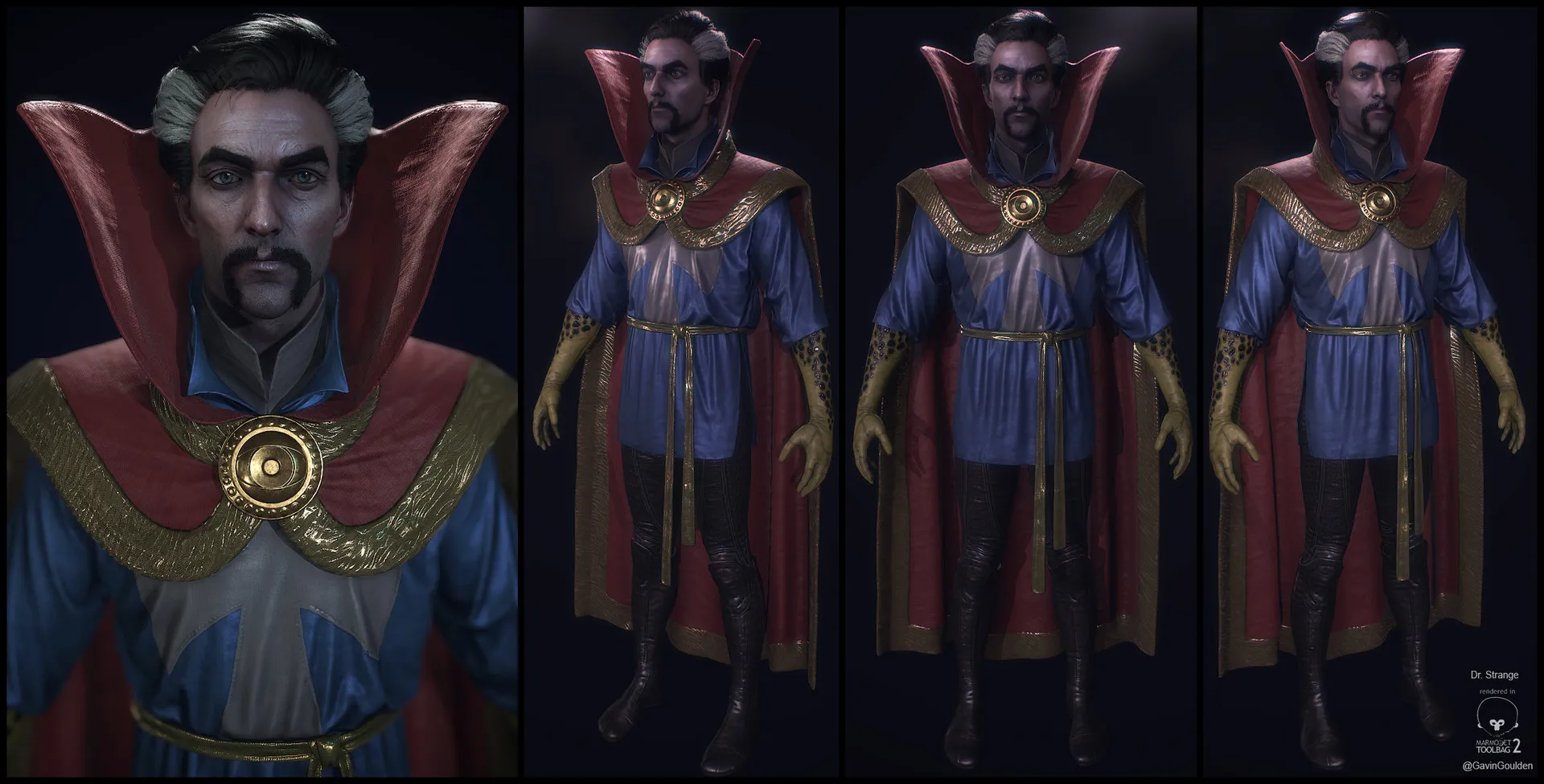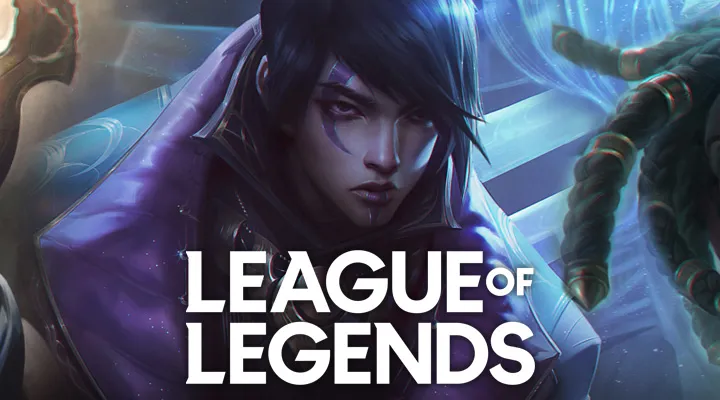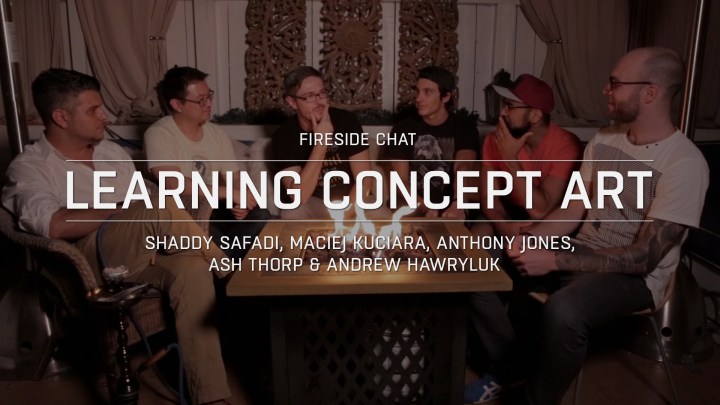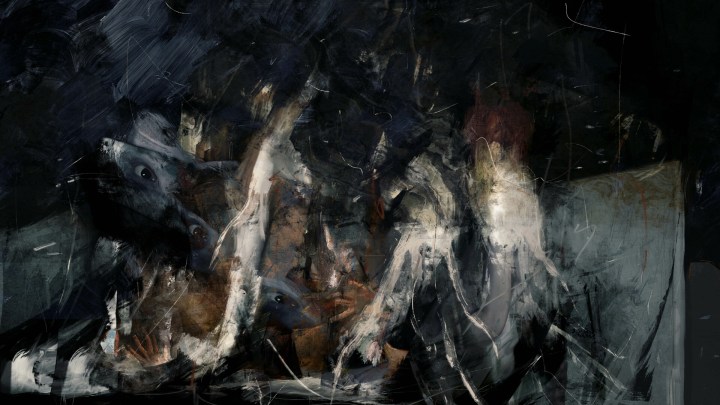What Game Recruiters Really Think About Your Application

Artwork for Ratchet and Clank by Xavier Coelho-Kostolny
The Numbers
I have been a hiring manager for a number of years, essentially building multiple teams for AAA development. Mainly focusing on my discipline, Character Art, for hiring and volunteering at GDC to review portfolios – I have easily seen hundreds, if not thousands, of portfolios for hopeful game artists. Each of these job openings have easily had over 100 applications for a single spot on the team. Roughly, the breakdown of those applications are:
60% are irrelevant or far from having the basic skills for the job. This means that the majority of artists applying either don’t posses the skills required or simply aren’t related to the discipline (i.e. illustrators, animators, graphic design, etc.) The majority of this section generally have a lower skill level, or present work for very low end specs. For example, lacking the ability to sculpt in ZBrush, an incredibly low polycount, incorrect texture work, and rudimentary UV mapping.
30% are close but need to improve their skills. They posses the basic skills but need more practice and generally need to refine those skills to be at a AAA standard. The harsh truth behind this is that, with training, they could get the job but based purely on the amount of submissions, it isn’t worth the investment of time for the team to train the artist and can instead find a more qualified candidate. While not totally out of reach, the artist’s portfolio needs to be at a higher level in order to be qualified. This usually means more time and creating new pieces that implement common practices to replace older pieces that may be missing the mark.
Ratchet & Clank artwork by Erin Zaneski
9% are within the ballpark but may have other factors preventing them from being in final consideration. This could be location (if there are visa restrictions), salary for the intended position, or not a good portfolio fit. In this case, the candidates portfolio may be “good” but not a good fit for the project and company. For example, the artist may have great hand painted models, but nothing showing skills that imply realism or knowledge of PBR materials. At this stage, a hiring manager may be picky, and while the artists experience and skills are within the technical requirements, they may not align with the direction the company is heading.
1% get the interview. In my experience, this is usually a handful. While some companies “test everyone”, my personal hiring strategy is to interview first, then send an art test. The initial interview tests communication skills, general knowledge and experience, and an overall team fit. If the candidate can communicate well, seems to posses the practical experience we need for the position, and is approachable – they get an art test. The art test then weeds out any question of technical skill and is followed by an in person interview which is usually a panel of artists and related disciplines. Essentially like the phone interview but expanded.
A vast majority of these applicants are students fresh out of school, with a smaller number being professionals looking for a career change. With these tips, my aim is to sway those numbers and show how you can enter the Top 10 Percent by objectively improving your work and presenting it in a better way for hiring managers.
Again, as a caveat, these tips are focused more on Character Artists for video games.
Artwork by Jayson Fitch
Presentation
Use ArtStation
I promise, this is not propaganda. ArtStation has given an easy-to-use solution that solves many issues an artist will face when presenting their work. With ArtStation, you use a standard layout that is easy to navigate, there is no filler like a splash image or an “About” page, and you do not need to learn web design skills. This is a huge time saver as you can take the time you would spend updating your own website and apply back to your core skills. Plus, ArtStation has quickly become THE art community. Most professional artists browse the site daily, navigation is second nature, and your work is instantly searchable and can be seen by hiring managers through features and trending work.
Many students are directed to use alternatives such as Wix or WordPress, but by doing so are now open to complications surrounding their work before it is even viewed. The URL of their portfolio is hard to remember, there can be ads which make the portfolio seem cheap, and you still need to put effort into proper layout in navigation. Not to mention, there is also a stigma associated with the sites which shows that, as an artist, you are not part of the community and generally “green.”
Let Your Work Speak For You
When hiring, it’s artwork first and second, then resume third. There will never be a time when hobbies land you the job. While maybe an interesting conversation starter, you should have your work front and centre. Generally, make it easy for someone like me to hire you. Remove all clutter and noise like an about page and have your portfolio URL directing to your work immediately, with the work displayed in chronological order. Save hobbies and personal interests for the interview, that is where the team gets to know you as a person – let the work land you an interview.
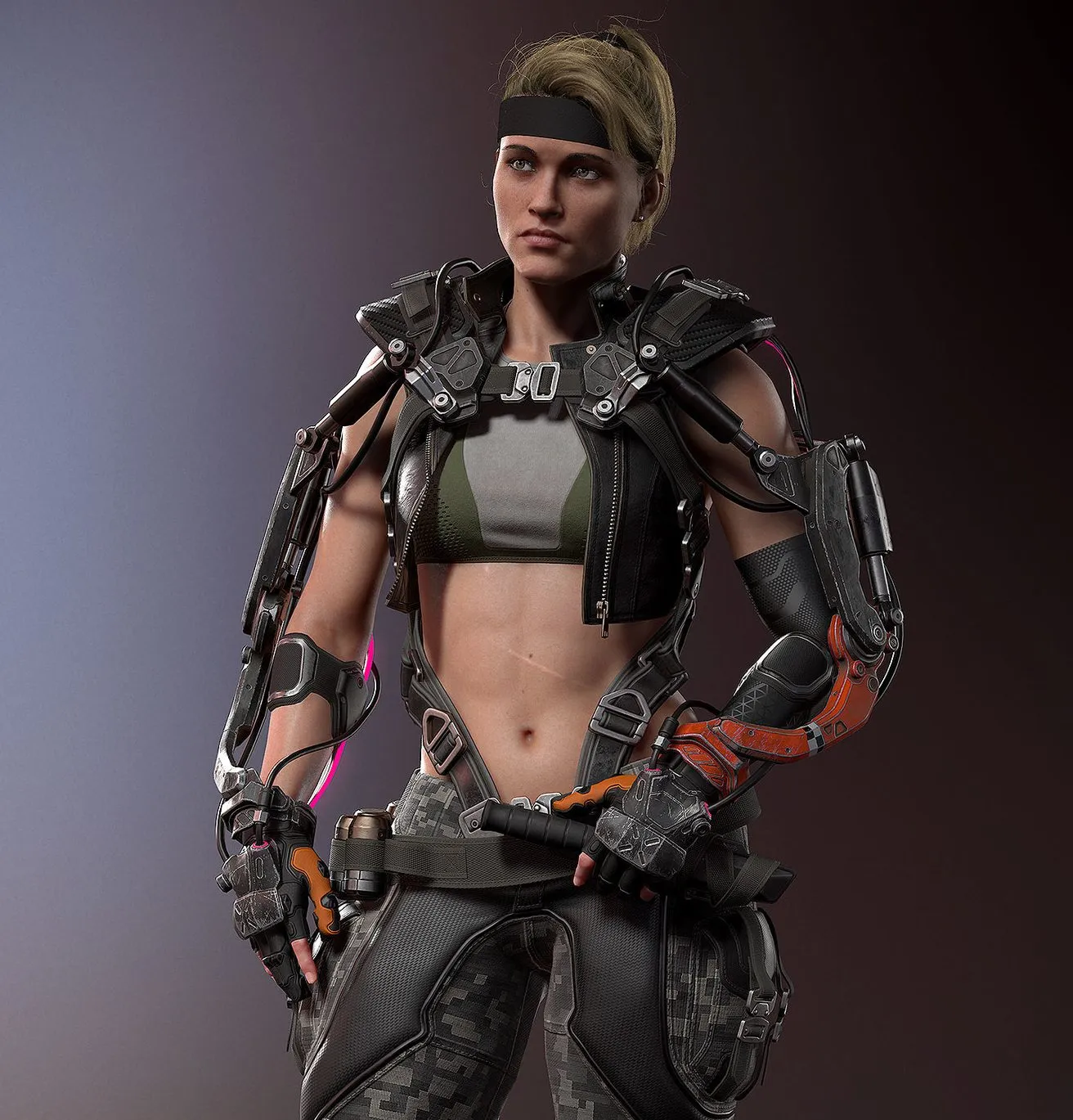 Henrique Naspolini’s Sonya is a great example of realistic rendering for real time characters in a completed project.
Henrique Naspolini’s Sonya is a great example of realistic rendering for real time characters in a completed project.
No Demo Reels
As a character artist, never have a demo reel. A demo reel is an archaic form of showing your work stemming from the animation and vfx industry. They generally force the viewer into waiting through title cards, not being able to focus on the work itself, and unable to view the technical aspect of the model clearly.
More often than not, a reviewer is going to skip through the video and give up after a few clicks. This means that most of your work is being missed by the viewer, and most likely having your application rejected. The reason why is fairly simple. Most hiring managers are reviewing work on top of their daily tasks. Usually your portfolio is one of many, and there simply isn’t enough time to sit through your reel just to see a few key pieces of artwork.
Instead, have a series of images showing your work. Anything you would show in a demo reel can be achieved in just a few images. Generally, a good series of images will be a model rendered in real time lighting, multiple angle shots (like front and back perspective) then construction shots showing wireframe and material creation.
 Sunset Overdrive artwork by Gavin Goulden
Sunset Overdrive artwork by Gavin Goulden
Contact Information
Finally, make your contact information easy to find. Having your basic information always visible, like on the header or side bar of your portfolio, with your name in the corner of your artwork. This helps a hiring manager easily connect the work to your name and reach out to you if needed. As simple as it may sound, your work can be one of many tabs a person has open in their browser and you can easily get lost in the shuffle. Again, make it easy to hire you. If a reviewer needs to dig through pages just to find your email address, there’s a likely chance that they will just move on.
Content
Game Art
In order to get a job as a game artist, you absolutely need to show game art in your portfolio. While sculpting is fun, and there are plenty of sculpts that line the top row of your favorite websites, it’s only a small part of the job. It is incredibly rare to have an artist that only creates high resolution models at a game company, and game art has a technical aspect to it that you need to show knowledge in. Being able to take your sculpt from ZBrush and creating a game resolution version of it shows that you have the basic understanding of, and interest in, a common workflow for games and the day to day skills required. This means showing competency in low resolution modeling and understanding of average budgets in games, proper texture baking, material creation in a program like Substance Painter, and real time rendering in a program like Marmoset Toolbag.
What Should I Make?
I find artists are often looking for the secret recipe to land a job when, unfortunately, there isn’t one. With so many projects in the works, it’s irresponsible to forbid certain subject matter. However, a character artist should be able to demonstrate an understanding of human and animal anatomy, clothing and drapery, and hard surface modeling. This can all be wrapped into a single character design that shows those aspects.
Sunset Overdrive artwork by Henrique Naspolini
Know Your Audience
Understand that it is a buyer’s market when it comes to hiring artists. By that I mean, if a hiring manager or an art director has a hard time visualizing your skillset in the types of projects they work on, you may not be a great fit for the company. While irresponsible to discount what you want to work on, and you should work on what you are most interested in, it may be hard place a highly stylized artist on a realistic military shooter, and vice versa.
Finish Your Work
For landing your first job, it’s important to show that you can take a character to completion. This shows that you have the dedication, on your own time, to see a project through to the end. Plus, you learn and improve by completing projects – not giving up on them. Leave the speed sculpts and sketches out of the portfolio and focus on completed game characters. While it can be great to show your process in a series of completed pieces, your portfolio shouldn’t consist of dead ends.
A personal Dr. Strange rendering and finished project by Gavin Goulden
Less is More
Learn to self edit your portfolio, especially when trying to land your first job. As the saying goes, “You’re only as good as your worst piece.” While it may be tempting to show literally everything you can do, keeping older work shows an employer that you lack a critical eye. Without you there to explain what each piece is, they are all taken at the same value. So. If half of your portfolio doesn’t show your current skill level, you are cutting the effectiveness of your portfolio in half.
Focus on Your Craft
If you are looking to land a job as a character artist, show character art. While in school, you most likely learned how to make a number of different things, and the misconception may be that “If I show that I can do everything, I have a better chance.” That simply isn’t true. At this stage of your career, you are most likely just learning the basics and trying to get your foot in the door. Instead of spending time to be the best character artist you can be, you are spreading that effort out into multiple areas. This means that rather than being really good at one thing, you are just okay at a few things, and “Just Okay” doesn’t get you a spot on the team.
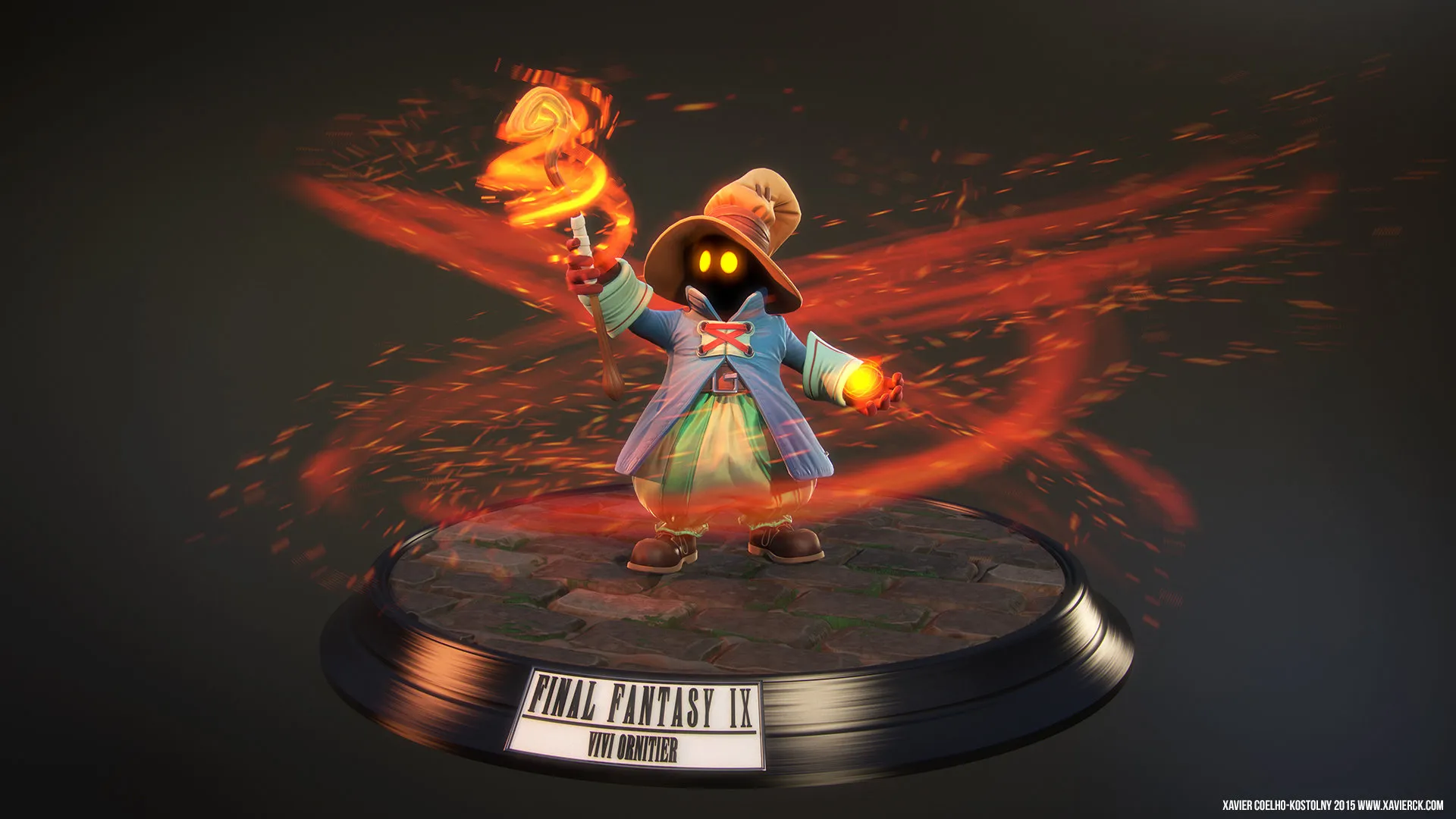
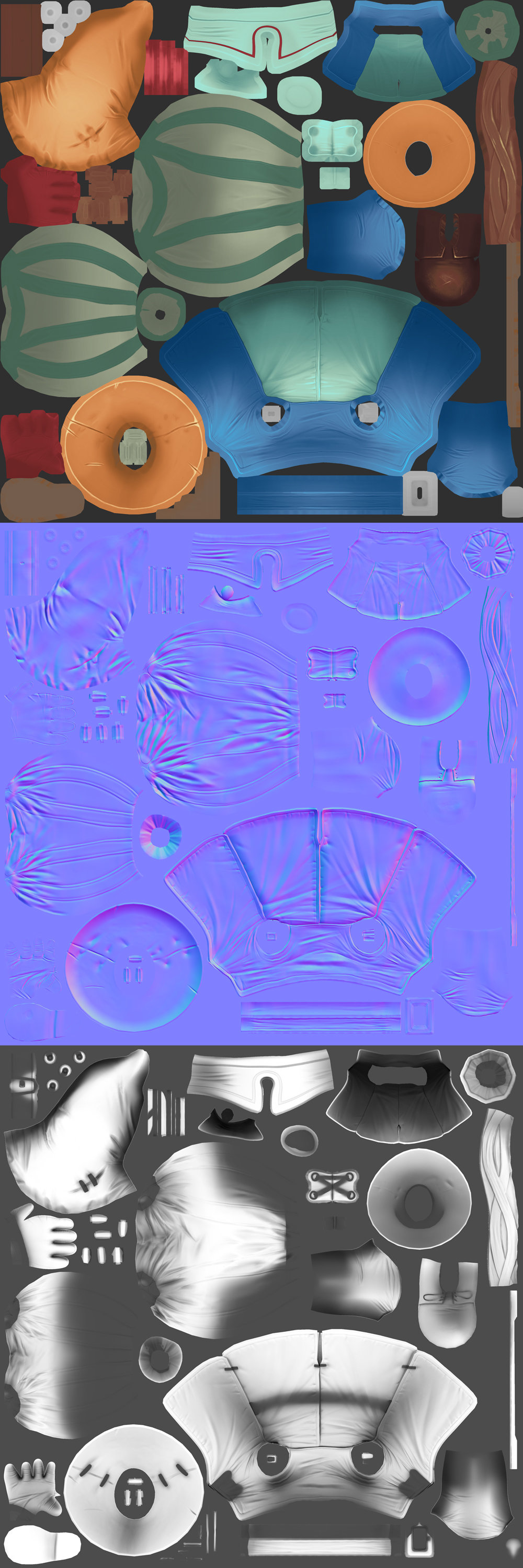 Xavier Coelho-Kostolny shows his process on a remake of Vivi, showing proper renders and an asset breakdown.
Xavier Coelho-Kostolny shows his process on a remake of Vivi, showing proper renders and an asset breakdown.
The Nuts and Bolts
When creating pieces for your portfolio, you need to show a technical understanding that matches the companies workflow. While it doesn’t need to be exact, there are standards established that should be followed in your own personal work. For hero characters, It is common to use a budget ranging from 50k – 100k (and sometimes higher) for triangle count. While this isn’t an excuse to just throw geometry at a problem, using it for better deformations, cleaner topology, smoother silhouettes, and improved texture bakes is welcomed. Substance Painter is quickly becoming the dominant texturing tool for game art showing that you are proficient in that tool not only means you know how to use a piece of software but that you are also actively creating PBR materials and textures and are familiar with that process. Finally, how you present your work matters. Giving your character a subtle pose and rendering it in Toolbag shows that you have a grasp on realtime rendering, the limitations involved, and can take your work to the next step by dropping it out of that T-Pose, creating a nice lighting setup, and showing your work in a professional format.
Dustin Brown shows a great technical understanding in this example.
 Gavin Goulden is a hiring manager and Lead Character Artist at Insomniac Games based in Los Angeles, California. He has become an expert on the do’s and don’ts of Game Character portfolios and job applications. Gavin most recently completed the video game title, Sunset Overdrive and has also been the Character Lead on BioShock Infinite and Character Artist on Dead Rising 2 and The Bigs 2.
Gavin Goulden is a hiring manager and Lead Character Artist at Insomniac Games based in Los Angeles, California. He has become an expert on the do’s and don’ts of Game Character portfolios and job applications. Gavin most recently completed the video game title, Sunset Overdrive and has also been the Character Lead on BioShock Infinite and Character Artist on Dead Rising 2 and The Bigs 2.
Visit his website to see more of his work.
